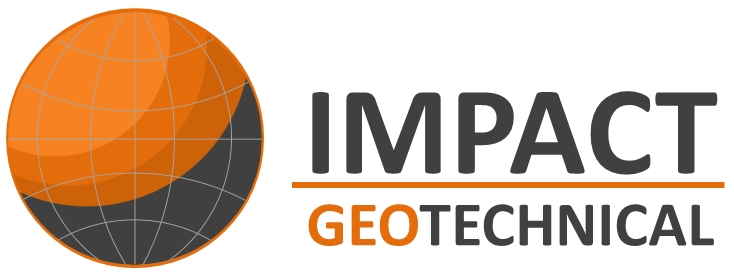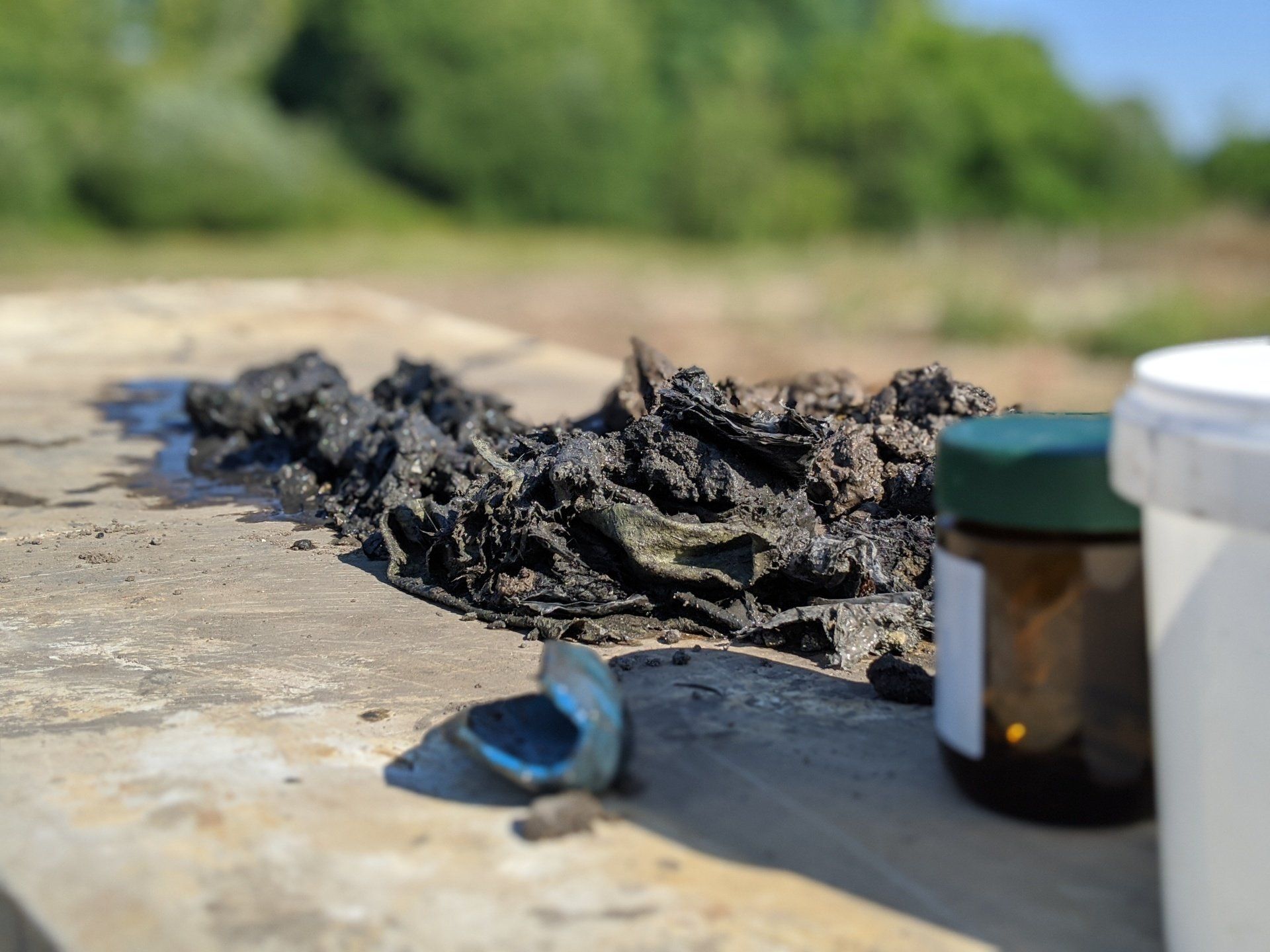Geo-environmental Investigations - Contamination Risk Management
Practical Solutions for Contaminated Land. Get the expert reports required to clear your project hurdles. Our documentation helps clients achieve Contaminated Land Condition sign-off, formulate accurate Site Risk Assessments, and plan for cost-effective Waste Disposal, adhering fully to UK LCRM guidance.
Risk Screening
Stage 1: Tier 1 -
Desktop Report
Revision: This essential first stage uses published records—including land usage, geology, and environmentally sensitive areas—combined with on-site reconnaissance. We rapidly assess the possibility of contamination that may affect future development. This key screening determines the initial risk profile and confirms the necessity of any further intrusive investigation
Risk defining
Stage 1: Tier 2 -
Site Investig ation & 'GQRA'
This stage uses intrusive investigations (boreholes and trial pits) to ascertain precise ground conditions and collect samples. We often
combine this with geotechnical assessment, providing a single, comprehensive report and a cost-effective solution through one site mobilization. The findings are detailed in an interpretive GQRA report. If unacceptable contamination levels are found, the report will outline the required remediation methods.
The findings of this investigation are detailed in an interpretive 'GQRA' (Generic Quantitative Risk Assessment) report. Where levels of contamination are found which are not acceptable in the context of the site and any proposed new development, remediation methods which will be required are outlined within the report recommendations. Where absolutely necessary a more complex Detailed Quantitative Risk Assessment Report may be completed, this uses predictive numerical modelling to determine the level of risk.
Action strategy
Stage 2
Options Appraisal
Building directly on the site Risk Assessment, this critical report delivers a considered, strategic approach
to implementing remedial actions. We evaluate all variables to ensure the solution fits your project’s constraints and goals, considering
- The specific risk levels and the people / environmental features which need to be protected.
- The budget and scale of the development.
- The feasibility / applicability of different remedial techniques.
- The Environmental Impact of various remediation options.
Action strategy
Stage 3
Remediation and Verification
Tier 1 (Remediation Strategy): This report details the final measures to be implemented during development. It outlines a comprehensive plan, assigns stakeholder responsibilities, and ensures all remedial actions are properly planned before work begins. Tier 2/3 (Verification Report): This final document is submitted after all remedial measures are complete. It provides all necessary evidence to formally conclude that the site is fit for its intended use, securing final sign-off and project completion.



